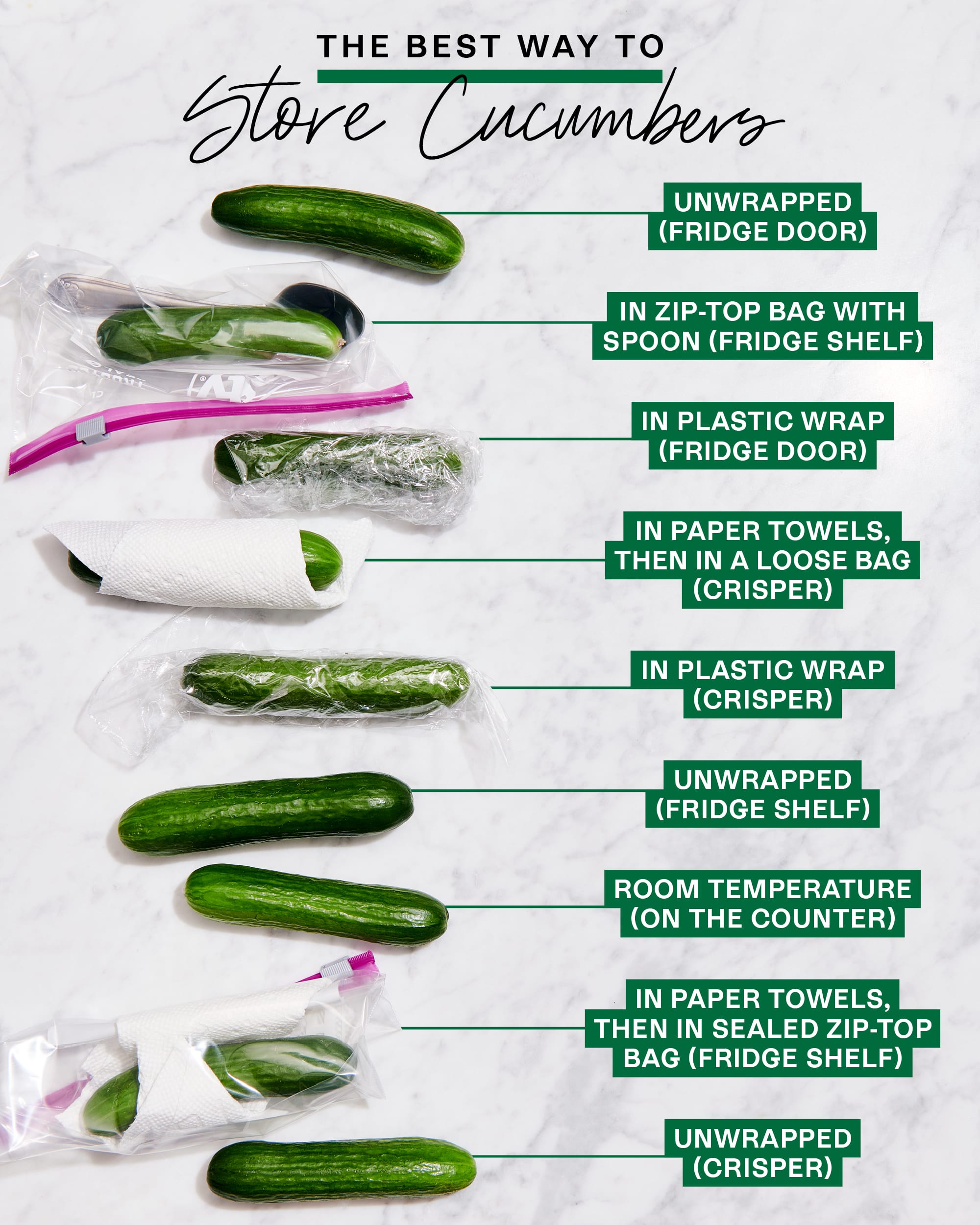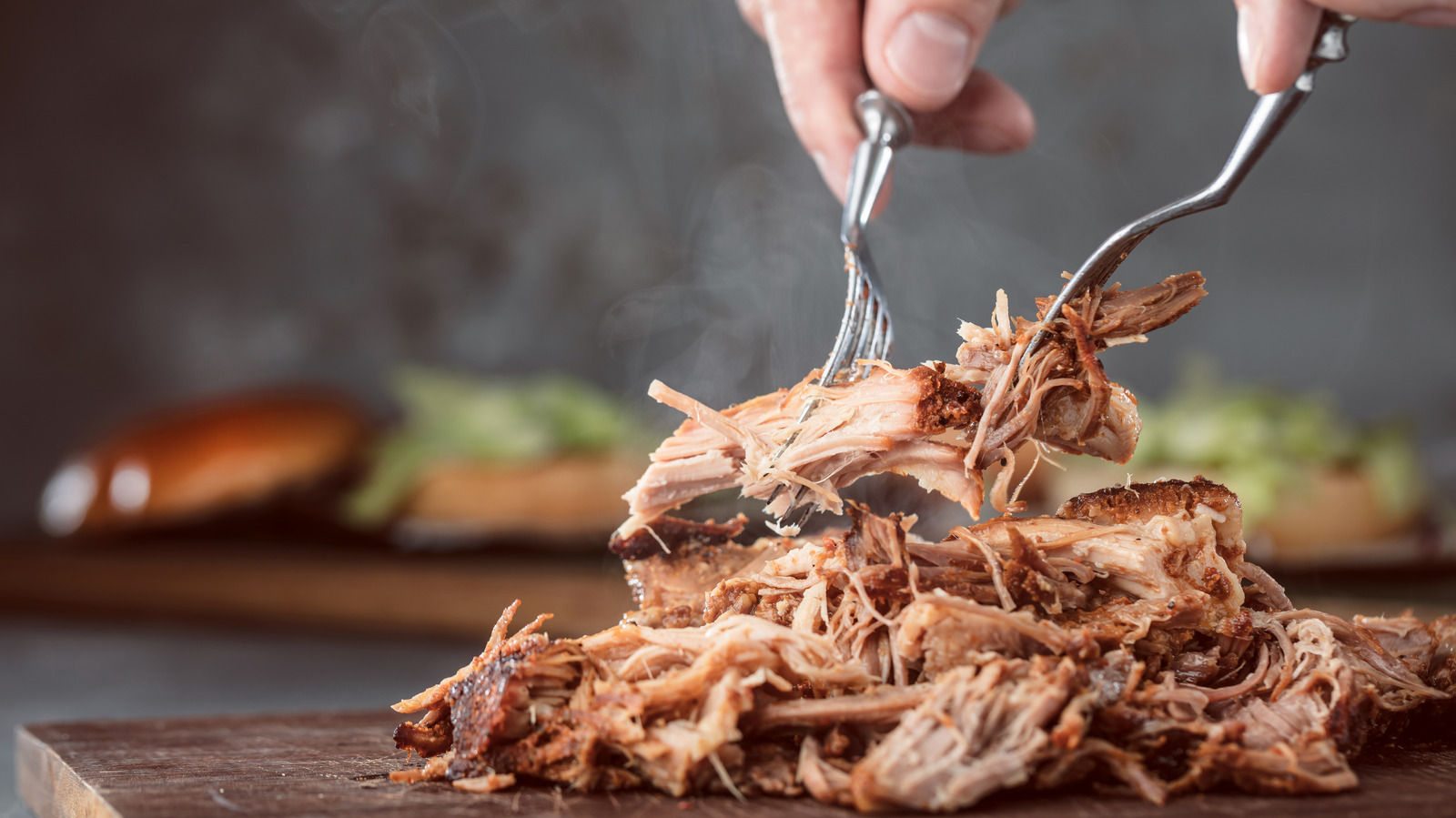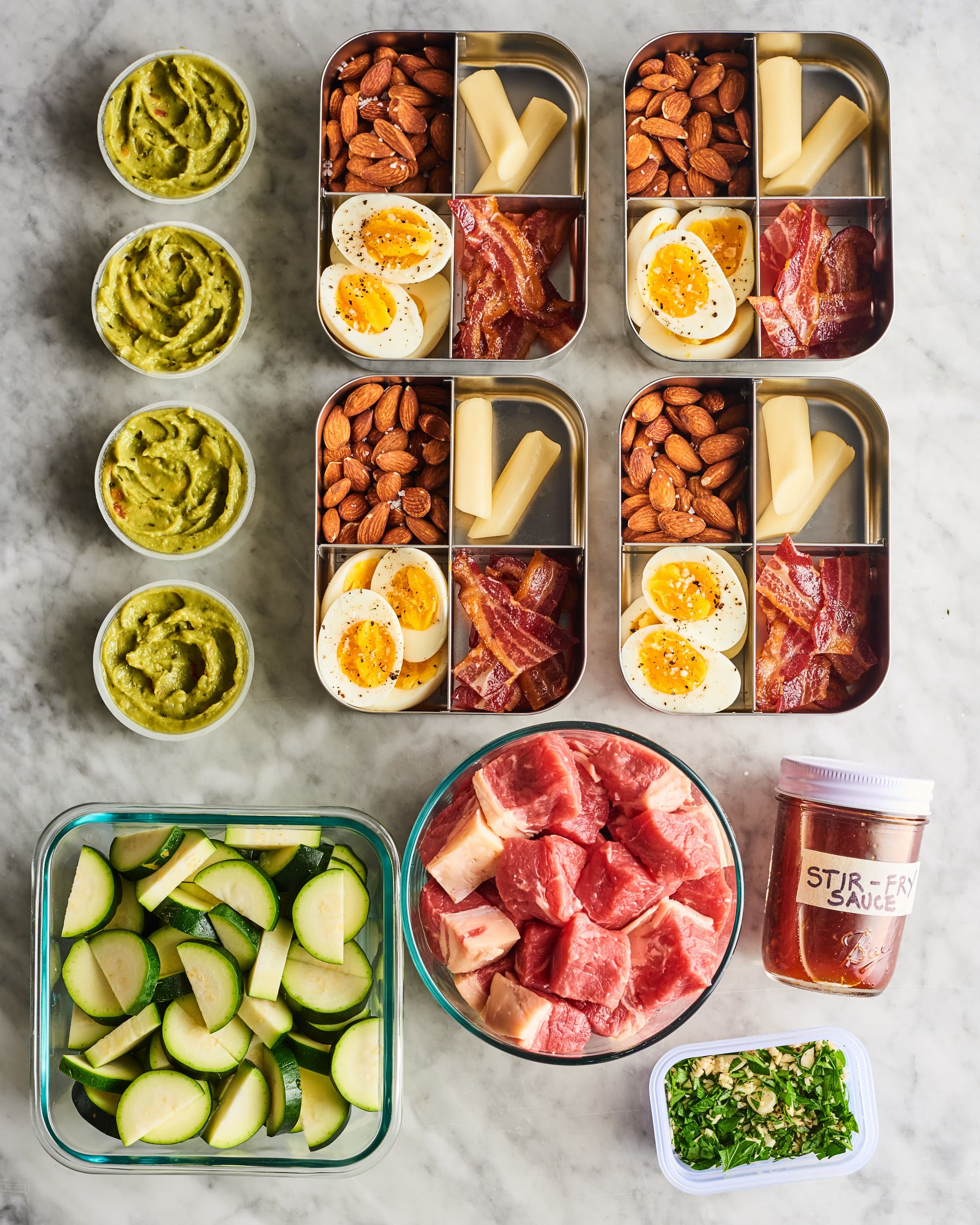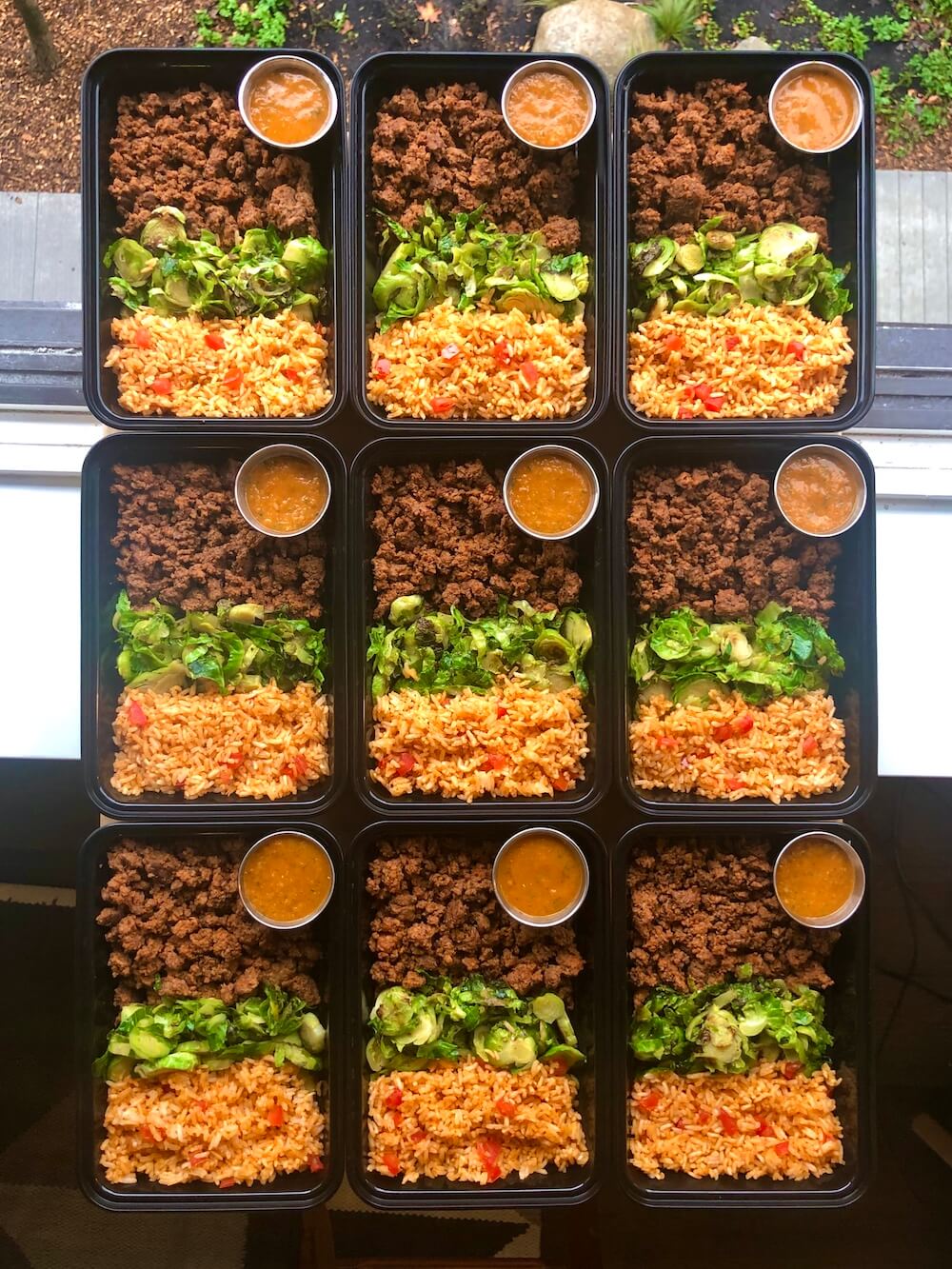How to Store Cut Cucumbers for Maximum Freshness
– Cucumbers can go bad quickly if not stored properly
– Storing them in the crisper drawer may not be the best method
– Wrapping cucumbers in plastic wrap or paper towels can help retain moisture and prevent sliminess
– Cucumbers are sensitive to ethylene, a natural gas that causes quick ripening
– Cucumbers should be stored towards the front of the refrigerator
– Temperature below 50 degrees Fahrenheit is not ideal for cucumbers
– With proper storage, cucumbers can last about two weeks
– Sliced cucumbers should be stored in an airtight container with a paper towel









